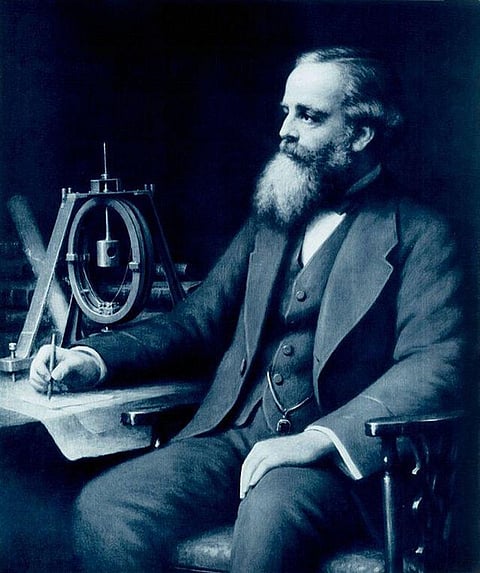Through his equations (Maxwell's Equations), he paved the way for modern physics, inspiring and influencing many scientists, including Einstein, to develop his "Theory of Relativity." The most notable contribution of James Clerk Maxwell is his theory of "electromagnetism" (1865) which states that light, electricity, and magnetism are all generated by the same force. This was deemed by many great physicists, including Albert Einstein and Max Planck, to be the greatest scientific discovery of the twentieth century.


